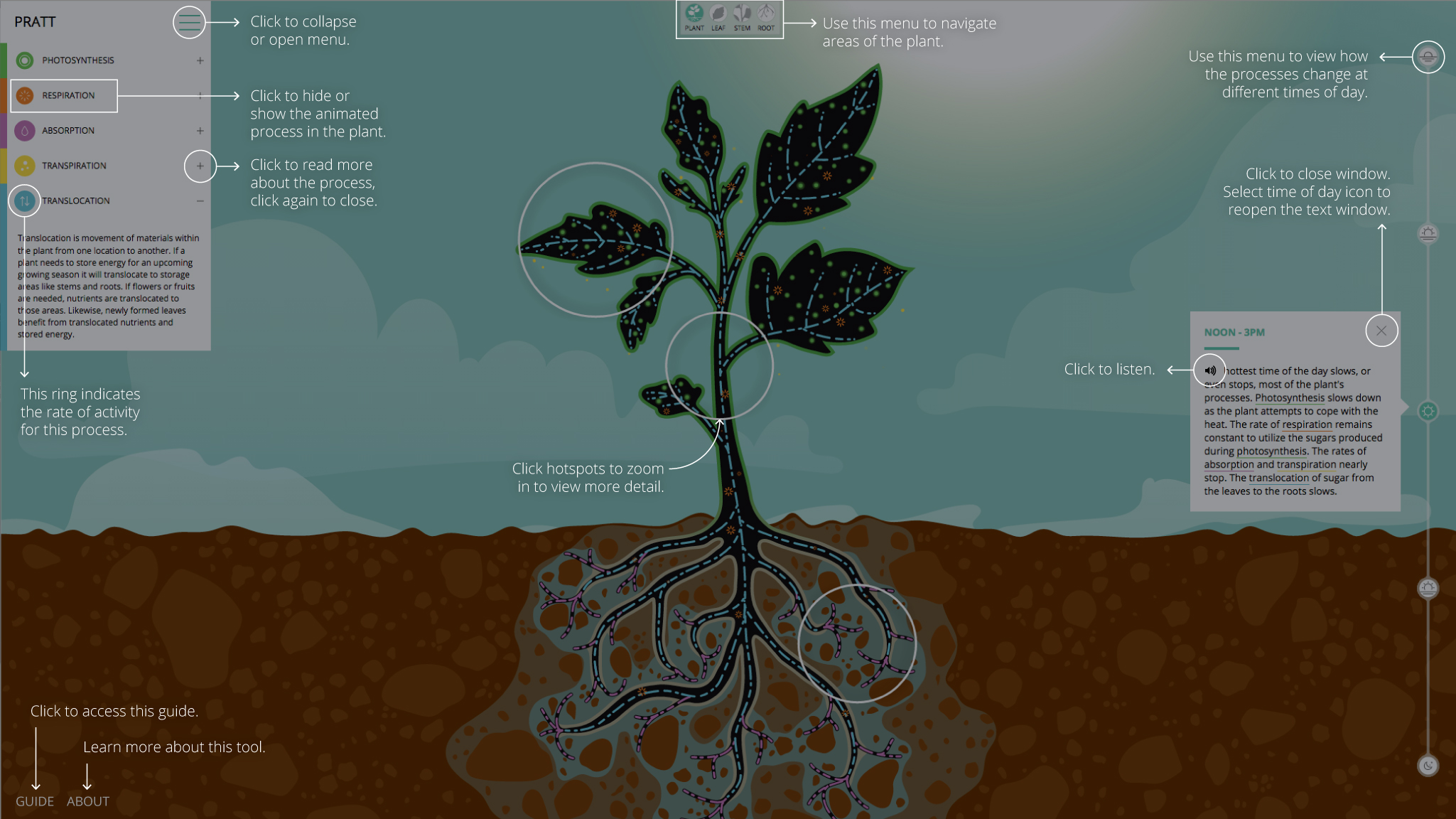 Photosynthesis is the one process that garners the most attention. Its impact on life is dramatic and can be heralded as one of the most important biochemical processes on earth. The process combines carbon dioxide and water in the chloroplasts of the leaves with energy from the sun to produce sugars and oxygen. The sugars are used as building blocks for the plants while oxygen is utilized by the plant and released into the atmosphere.
Photosynthesis is the one process that garners the most attention. Its impact on life is dramatic and can be heralded as one of the most important biochemical processes on earth. The process combines carbon dioxide and water in the chloroplasts of the leaves with energy from the sun to produce sugars and oxygen. The sugars are used as building blocks for the plants while oxygen is utilized by the plant and released into the atmosphere.

 Respiration occurs day and night using sugars produced by the photosynthetic process that in the presence of oxygen are broken down into carbon dioxide, water and energy. The energy is used to synthesize proteins, cellulose and other components and released into the air or soil.
Respiration occurs day and night using sugars produced by the photosynthetic process that in the presence of oxygen are broken down into carbon dioxide, water and energy. The energy is used to synthesize proteins, cellulose and other components and released into the air or soil.
 Absorption transfers nutrients into and between plant cells through the processes of osmosis and diffusion. Absorption relies on specifically designed molecules to transport nutrients through and active process using energy made by the plant. Transpirational pull affects the absorption of nutrients into plant roots using the processes presented.
Absorption transfers nutrients into and between plant cells through the processes of osmosis and diffusion. Absorption relies on specifically designed molecules to transport nutrients through and active process using energy made by the plant. Transpirational pull affects the absorption of nutrients into plant roots using the processes presented.
 Transpiration is the process where water is absorbed by the roots, translocated through the plant and evaporated through the leaves. This process controls movement of water and nutrients into the plant as well as cools the leaves.
Transpiration is the process where water is absorbed by the roots, translocated through the plant and evaporated through the leaves. This process controls movement of water and nutrients into the plant as well as cools the leaves.
 Translocation is movement of materials within the plant from one location to another. If a plant needs to store energy for an upcoming growing season it will translocate to storage areas like stems and roots. If flowers or fruits are needed, nutrients are translocated to those areas. Likewise, newly formed leaves benefit from translocated nutrients and stored energy.
Translocation is movement of materials within the plant from one location to another. If a plant needs to store energy for an upcoming growing season it will translocate to storage areas like stems and roots. If flowers or fruits are needed, nutrients are translocated to those areas. Likewise, newly formed leaves benefit from translocated nutrients and stored energy.









